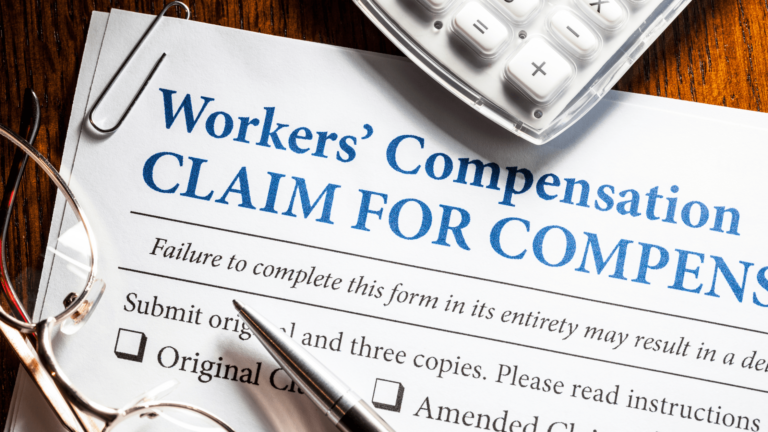
Accidents in the workplace are among the worst possible scenarios for utility companies. Workplace accidents can be harmful to an employee’s life in ways that go far beyond what they do on the job, and any good company strives to keep their employees safe, healthy, and happy.
But on-the-job injuries, especially those that result in workers’ compensation claims, are also detrimental to the company. They result in lower productivity, time spent replacing and training personnel, unplanned overtime for other employees, and a variety of other expenses and setbacks.
It’s safe to say that for most companies, reducing the accidents that lead to workers’ compensation claims is in the best interest of all parties involved.
Of course, this is easier said than done. For utility workers working closely with electricity, water, and in potentially hazardous environments, risk is just part of the job. But keeping workers safe must be a primary objective for any utility company, and taking these steps can certainly minimize the risks that lead to workplace accidents. Here are some ways to create a safe workplace environment.
Utility companies must have a dedicated, knowledgeable safety team that can assess risk factors for employees at business facilities and in the field. They should be adequately staffed and trained to meet the company’s needs, as well as understand the hazards that follow your employees wherever they go on the job.
Training is essential for conveying safe practices, even for seasoned pros. Maintaining a rigorous training program creates an environment where safety comes first for everyone.
Training programs should be job-specific and should be taken seriously, reminding employees that their lives — and the lives of others around them — are often on the line in the field, and safety should be taken seriously at all times. Even neglecting safety in simple aspects of the job, such as lifting heavy objects without proper safety equipment, can lead to problems.
The best way to create a company that prioritizes safety is to have leadership that demands safety be put first. That priority must begin at the top and be pushed ahead of the normal metrics and goals. When management gives more value to a job done more slowly and safely than one done quickly, the rest of the company will follow suit.
Implementing processes and procedures is a great first step, but if they are pushed aside when the chips are down, they don’t mean a whole lot. Here are ways to create a workplace culture of safe practices:
Indeed, it is often the little things that prevent costly accidents, higher insurance premiums, and the other pains that come with workers’ compensation claims. Having a safety program in place is a long term effort to reduce workplace injuries.
Brief Relief specializes in portable restroom solutions like the Disposa-John Portable Restroom which can help prevent emergency restroom situations that can lead to careless mistakes. Having the foresight to anticipate these types of scenarios not only prevents unsafe practices, it can save money and effort in the long run by preventing accidents and costly compensation claims.
Help your utility workers stay comfortable on the job with these workplace safety tips. Workers whose needs are met are safer workers. See how Brief Relief products can help your workers stay efficient, reliable, and safe when working in potentially hazardous environments. Always remember to create a safe work environment that practices a strong safety culture.